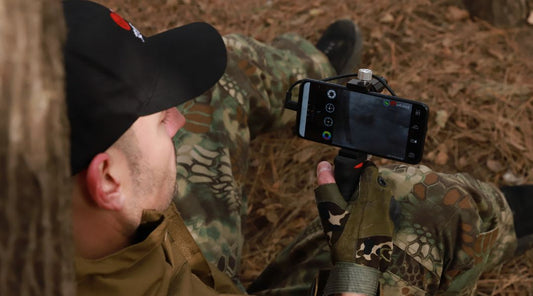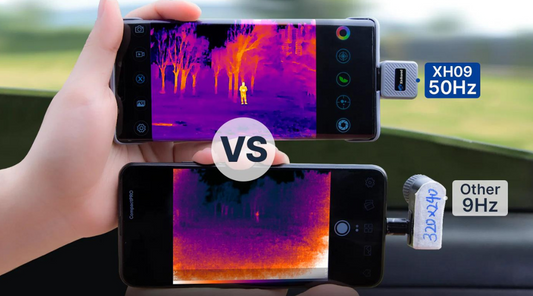Exploring the Versatile Uses of Thermal Imaging for Home Improvement
Thermal imaging technology has revolutionized various industries, and its applications in home improvement are no exception. From detecting energy inefficiencies to identifying hidden moisture issues, thermal imaging cameras offer valuable insights that can enhance the comfort, safety, and efficiency of your home. In this article, we will delve into the diverse uses of thermal imaging for home improvement projects. By understanding the potential of this powerful tool, homeowners can make informed decisions and prioritize areas that require attention.

I. Assessing Energy Efficiency
One of the primary uses of thermal imaging in home improvement is evaluating energy efficiency. Thermal cameras can help identify areas of heat loss, insulation gaps, and air leaks, allowing homeowners to prioritize energy-saving measures. Key applications in this area include:
- Identifying insulation issues: Thermal imaging reveals areas with inadequate or damaged insulation, enabling homeowners to target those areas for improvements.
- Detecting air leaks: Thermal cameras can pinpoint air leaks around windows, doors, and other openings, helping homeowners seal them to prevent drafts and energy loss.
- Assessing HVAC efficiency: Thermal imaging allows homeowners to evaluate the performance of heating, ventilation, and air conditioning (HVAC) systems, ensuring optimal energy usage and identifying potential maintenance needs.

II. Moisture and Water Damage Detection
Water damage can be costly and detrimental to a home's structure and indoor air quality. Thermal imaging cameras can play a crucial role in early detection and prevention of moisture-related issues. The uses of thermal imaging for moisture detection include:
- Spotting hidden leaks: Thermal cameras can reveal hidden plumbing leaks within walls, ceilings, or floors, enabling timely repairs and minimizing the risk of water damage.
- Detecting roof leaks: By scanning the roof surface, thermal imaging can identify areas of moisture intrusion, helping homeowners address roof leaks promptly.
- Mold prevention: Moisture problems often lead to mold growth. Thermal imaging can detect areas of excess moisture, allowing homeowners to address them before mold becomes a more significant issue.

III. Electrical Inspections
Electrical faults pose serious safety hazards and can result in fires or electrical failures. Thermal imaging cameras offer a non-contact method to inspect electrical systems and identify potential issues, including:
- Overheating electrical components: Thermal imaging can identify hotspots in electrical panels, circuit breakers, and wiring, indicating potential overloads or faulty connections.
- Faulty electrical connections: Loose or corroded connections generate heat, which can be detected by thermal cameras, allowing homeowners to address them before they cause failures or accidents.
- Electrical system maintenance: Regular thermal inspections of electrical systems can help homeowners identify components that require maintenance, improving safety and preventing breakdowns.

IV. HVAC System Evaluation
- Airflow analysis: Thermal imaging can visualize airflow patterns, helping homeowners identify blockages, ventilation issues, or areas of poor air distribution.
- Ductwork assessment: Leaky or poorly insulated ductwork can compromise HVAC efficiency. Thermal imaging can identify areas of heat loss or air leakage in ducts, allowing homeowners to address them for improved performance.
- Radiator or underfloor heating checks: Thermal cameras can assess the distribution of heat from radiators or underfloor heating systems, ensuring uniform heating and detecting any malfunctions.
Conclusion
Thermal imaging cameras have become indispensable tools for homeowners seeking to improve energy efficiency, detect moisture issues, inspect electrical systems, and evaluate HVAC




